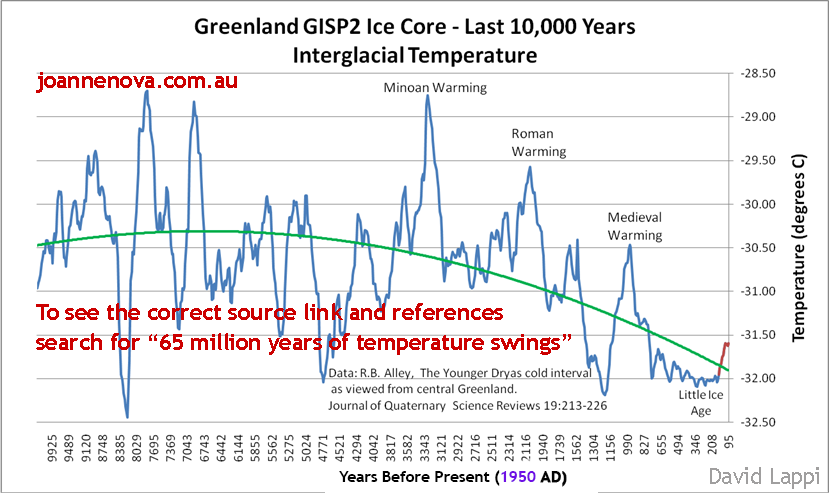bicicleur 2
Regular Member
- Messages
- 6,367
- Reaction score
- 1,402
- Points
- 113
Millennia ago, ancient farmers cleared land to plant wheat and maize, potatoes and squash. They flooded fields to grow rice. They began to raise livestock. And unknowingly, they may have been fundamentally altering the climate of Earth.
Fifteen years ago, study co-author William Ruddiman, emeritus paleoclimatologist at the University of Virginia, was studying methane and carbon dioxide trapped in Antarctic ice going back tens of thousands of years when he observed something unusual.
"I noticed that methane concentrations started decreasing about 10,000 years ago and then reversed direction 5,000 years ago and I also noted that carbon dioxide also started decreasing around 10,000 years ago and then reversed direction about 7,000 years ago," says Ruddiman. "It alerted me that there was something strange about this interglaciation ... the only explanation I could come up with is early agriculture, which put greenhouse gases into the atmosphere and that was the start of it all."
https://archaeologynewsnetwork.blog...red-us-from-glaciers.html#jY3PPkmt0KDdJ17Q.97
Fifteen years ago, study co-author William Ruddiman, emeritus paleoclimatologist at the University of Virginia, was studying methane and carbon dioxide trapped in Antarctic ice going back tens of thousands of years when he observed something unusual.
"I noticed that methane concentrations started decreasing about 10,000 years ago and then reversed direction 5,000 years ago and I also noted that carbon dioxide also started decreasing around 10,000 years ago and then reversed direction about 7,000 years ago," says Ruddiman. "It alerted me that there was something strange about this interglaciation ... the only explanation I could come up with is early agriculture, which put greenhouse gases into the atmosphere and that was the start of it all."
https://archaeologynewsnetwork.blog...red-us-from-glaciers.html#jY3PPkmt0KDdJ17Q.97



